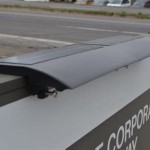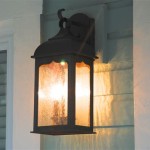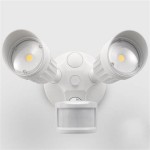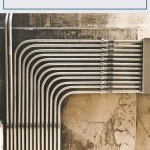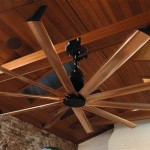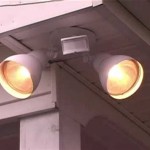How To Remove Mildew From Outdoor Chairs
Outdoor furniture, especially chairs, are prone to mildew growth, particularly in humid environments. Mildew can appear as a fuzzy, white or gray growth on the surface of your chairs, making them unsightly and potentially hazardous to health. While mildew can be tough to remove, it is possible to restore your outdoor chairs to their former glory with proper cleaning techniques. This guide will provide comprehensive information on how to remove mildew from outdoor chairs, ensuring you can enjoy your patio furniture for years to come.
Understanding Mildew
Mildew is a type of fungus that thrives in damp, warm conditions. It feeds on organic matter, such as wood, fabric, and even plastic. When spores land on a suitable surface, they germinate and begin to grow, producing the familiar fuzzy appearance. Mildew not only detracts from the aesthetics of your furniture but can also cause health issues, especially for those with sensitivities.
Recognizing the type of material your chairs are made of is crucial in determining the best cleaning method. Different materials require specific cleaning solutions and techniques. For instance, wood chairs may require a different approach compared to plastic or metal chairs.
Cleaning Techniques for Removing Mildew
Before starting any cleaning process, ensure you wear appropriate protective gear, including gloves and a mask, to avoid inhaling mildew spores. Also, work in a well-ventilated area.
1. Cleaning with a Commercial Mildew Remover
Commercial mildew removers are readily available at most hardware stores and are specifically formulated to tackle tough mildew stains. These products typically contain bleach or other strong chemicals that effectively kill mildew and remove its discoloration. Always follow the manufacturer's instructions carefully, paying attention to dilution ratios and application times.
To use a commercial mildew remover, first, gently scrub the affected area with a brush or cloth to loosen the mildew. Then, apply the mildew remover according to the instructions, ensuring it covers the entire mildew-affected area. Allow the solution to dwell for the recommended time, usually 10-15 minutes. Finally, rinse the surface thoroughly with clean water and allow it to dry completely.
2. DIY Cleaning Solutions
If you prefer a more natural approach or are concerned about using harsh chemicals, you can create a DIY mildew remover with common household ingredients. A mixture of white vinegar and water is effective in killing mildew and removing its stains.
To prepare this solution, mix equal parts white vinegar and water in a spray bottle. Apply the mixture to the affected area and let it sit for 15-20 minutes. Scrub the surface with a soft-bristled brush and rinse thoroughly with clean water. If necessary, repeat the process for stubborn stains.
3. Cleaning Specific Materials
Different materials require slightly different cleaning techniques. For instance, wood chairs may benefit from a mild soap and water solution, followed by a wood conditioner to protect and restore the wood's finish. Metal chairs can be cleaned using a baking soda paste and water, while plastic chairs may require only a simple soap and water solution.
Preventing Future Mildew Growth
After successfully removing mildew, it is crucial to take preventive measures to minimize the chances of its reappearance.
Here are some helpful tips:
- Regularly wash chairs: Washing your outdoor chairs regularly, especially after rain or heavy use, can help prevent mildew growth.
- Store chairs properly: When not in use, store your chairs in a dry, well-ventilated area. This prevents moisture buildup and reduces the chance of mildew growth.
- Use mildew-resistant materials: Consider investing in outdoor furniture made from mildew-resistant materials like treated wood, aluminum, or synthetic fabrics.
- Apply a sealant: For wooden chairs, applying a sealant, such as polyurethane, can help repel moisture and prevent mildew from growing.
By following these steps, you can effectively remove mildew from your outdoor chairs and keep them clean and mildew-free for years to come.

How To Remove Mildew Stains From Outdoor Cushions

How To Remove Mildew Stains From Outdoor Cushions

How To Remove Mildew Stains From Outdoor Cushions

How To Remove Mildew From Outdoor Furniture Cushions

How To Remove Mildew Stains From Outdoor Cushions

Cleaning Mrs Hinch Fans Share How To Remove Mould From Outdoor Cushion Covers Express Co

5 Ways To Remove Mold Mildew From Outdoor Cushions Prudent Reviews

Wet Forget Outdoor Mildew Remover For Patio Furniture Life S Dirty Clean Easy

How To Remove Mold And Mildew From Patio Furniture Cushions Umbrellas

Tips For Cleaning Mildew Off Your Outdoor Furniture
Related Posts
